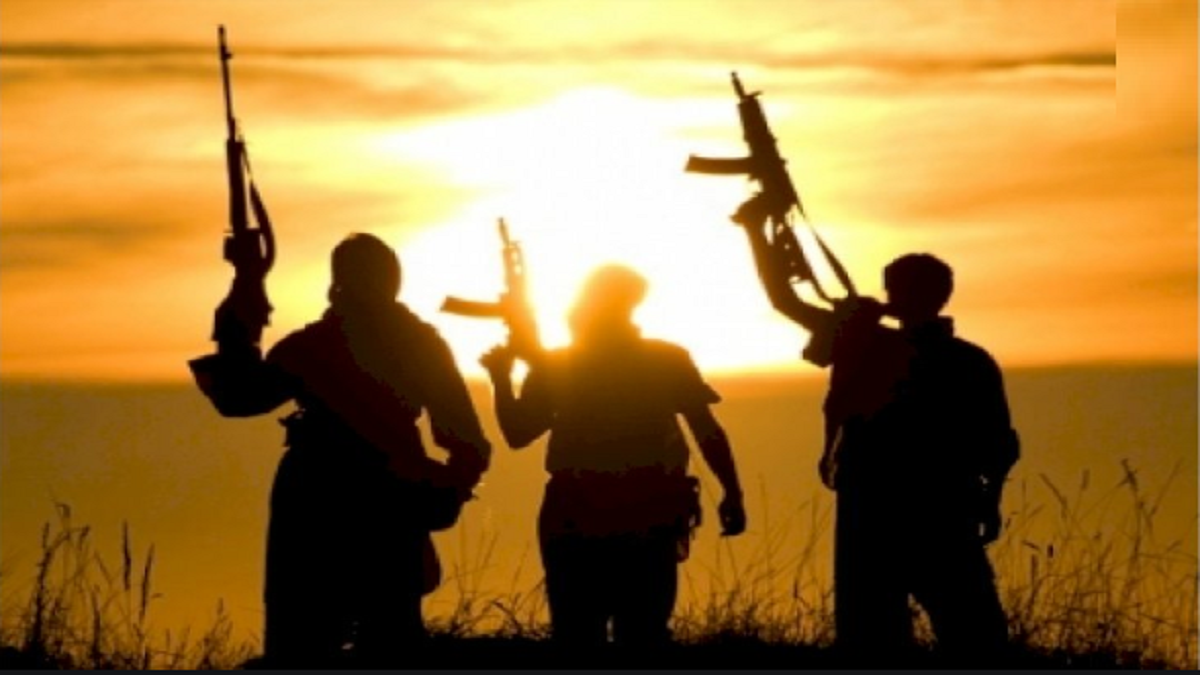


Terrorism finance has evolved over a period of time and includes the incorporation of new financial sources, means of money transfer and established support structures. Religion is be-ing exploited and appeals made to raise funds, with alms in service of Islam and the poor si-phoned, for employment against the perceived enemy of Islam. Globalisation brought about the seamless integration of people, organisations, countries and especially the financial sys-tem. This gave improved means and methods for the transfer of funds, thereby providing ter-rorists, the fastest and most efficient means of moving money across the world. The interna-tional initiative to curb money laundering and terrorism finance was spearheaded by FATF and the Financial Intelligence Unit (FIU).
In Jammu and Kashmir, Pakistan employs state and private resources like drug money, dona-tions and charities, as well as the globalised network for raising and moving funds from the Gulf countries. This support is augmented by funding from the Kashmiri diaspora and NGOs. These are thereafter used as part of Pakistan’s proxy war against India, thereby bringing these components together and resulting in violence and unrest in J&K. The sources of terror fi-nancing can be External (Charities/NGOs, Drug Trafficking, Counterfeit and State Funding) as well as Internal (Extortion, Crime, NGOs, Designated Non- Financial Business and Profes-sions). The means to transfer these finances can be well organised in form of legal transac-tions/trade or unorganised in the form of the flow of money in cash or through hawala.
India has been a victim of terrorism for over 40 years, and a substantial percentage of the fi-nancing had emanated from across the borders. It was the sheer audacity and temerity with which the 26/11 act was executed by the ISI that finally led to substantive changes in the country’s counter-terrorism approach, including a renewed impetus to counter the financing. The attack made it mandatory to introspect deeper into existing laws, procedures and regula-tions in order to curb finances used for misguidance, brainwashing and recruitment of locals in terrorism.
The youth in Kashmir is energetic, enthusiastic and have the ability to learn and adapt to the environment and are the building blocks and future of the country. The fragile socio-political landscape, affected by continuing violent conflict and instability, has created a deep sense of uncertainty amongst the local population, particularly the youth. Kashmiri youth have grown up in this adverse environment and have faced tremendous stress. Pakistan resorted to chan-nelising the energy of these misguided youths towards terrorism, a low-cost option, to create instability in J&K and to sustain in its nefarious attempts. Running a terrorist organisation, in the present scenario, is similar to a corporation spread across a large geographical area, with subsidiaries functioning with varying degrees of autonomy. It is an estimated fact now that terror strikes do not need large scale funding. However, it is the sustenance of a terrorist net-work that requires an elaborate funding mechanism. The terrorist group requires money for salaries, logistics, transportation, procurement of weapons, disruptive stores, and propaganda mechanisms.
Terrorism does not aim to make profits and its objective is to achieve political goals. The means employed to achieve it is by exploiting the fear psychosis that it generates. It is always more difficult to prevent a terrorist attack, if the monetary movements, which are considered amongst the most discernible indicators, take place across legal financial channels. This blends successfully into the international system due to diverse country-specific regulations, varying interpretations, local interests and different professional capacities.
India is a signatory to the International Convention for the Suppression of the Financing of Terrorism (2001), SAARC Regional Convention on Suppression of Terrorism (1987) and ar-chitect of the BRICS-Xiamen Declaration. India has also undertaken a National Risk As-sessment to comply with the FATF mandate to trace and neutralise the sources of financing. Special powers have been laid down to freeze, seize and attach funds, other resources held, owned or possessed by terrorists under UAPA. PMLA lays down detailed provisions for punishing the offence of money laundering and enlists the obligations of reporting entities like banks and other financial institutions and non-compliance results in monetary punish-ments. The Conservation of Foreign Exchange and Prevention of Smuggling Activities Act tries to conserve foreign exchange which is a facilitator of the trans-border movement of ter-ror funds and punishes smuggling which is one of the important sources of terror financing. The Foreign Contribution (Regulation) Act ensures regulation of acceptance, transfer and de-livery of foreign contribution.
A strategy needs to be planned and enforced to counter financing of terror/crime involving youth. There is a need to increase awareness within the country to limit the influence of ter-rorism and terrorism finance amongst the population and create a holistic understanding of the threat of terrorism finance to enable a broad-based understanding of its modus operandi and effects. A lead governmental agency for counter-terrorism, to include terror finance as its subsidiary function needs to be established to eliminate gaps and establish a seamless counter structure. There is also a need to improve intelligence for counter financing sources and en-sure its integration, analysis and timely dissemination to agencies responsible for enforcement. Foreign cooperation can be enhanced and implementation of international guidelines on ter-rorism finance.
The various instituted measures are still insufficient and riddled with lacunae. It has been re-alised that any improvement in combating terrorism globally, as well as in India, can be better achieved through “preventive, deterrent, investigative and analytical functions” on the basis of tracing the terrorism finance network. An effective strategy can limit the availability of finances to a terrorist organisation in India, thereby assisting in neutralising the threat of ter-rorism.